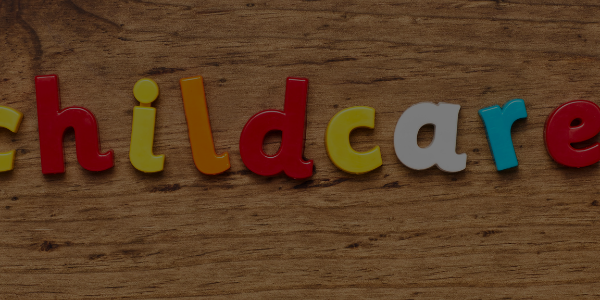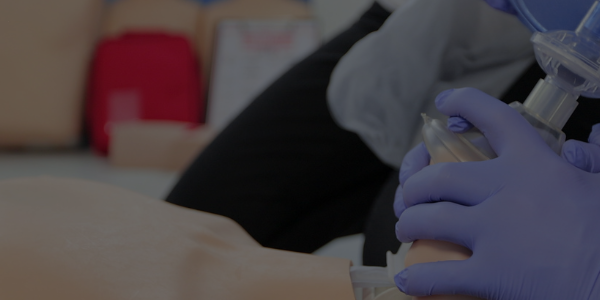A broken arm is a fracture or break of any of the three bones in your arm. It is also called a fractured arm.
Children, teens and young adults are most likely to get it. The risk of getting it increases with age. Older people are more likely to have brittle bones (osteoporosis) that are more likely to break.
What causes it?
The most common cause of broken arm is falling on an outstretched arm.
An accident or fall, especially if it involves a twisting motion, can put too much force on the bone, causing it to break. Children are more likely to break their arms because they are smaller and still growing. The elderly also have a higher risk of breaking their arms due to osteoporosis.
If your child has fallen from a height of more than 3 feet, you should seek medical attention for your child immediately. You should also seek immediate medical care if you suspect that another person hit your child with sufficient force to cause a break or your child is older than 10 and complains of severe pain after a fall.
The symptoms of it includes:
- Severe pain, swelling and bruising, particularly near the break site
- Numbness or tingling in the fingers
- Weakness in hand movements or difficulty moving the fingers or wrist
- Inability to use the hand or wrist without pain
- Stiffness or limited range of motion in the hand or wrist
- Tenderness in the elbow, fingers or wrist
- Abnormal bend in the wrist or elbow If you think you might have a broken arm, see a doctor right away. It’s important that your doctor examine it as soon as possible so it can be set properly and heal well. It’s important to minimise movement at the site of the break until it’s been examined by a doctor. Causes The most common cause of a broken arm is falling onto an outstretched hand.
First Aid for Broken Arm
Applying first aid to a broken arm is not difficult and can greatly reduce pain and other complications, such as excessive blood loss. People who have broken their arm should:
- Not attempt to move the injured limb
- Apply pressure to the wound if bleeding is severe
- Elevate the arm and apply ice packs wrapped in cloth or towels (do not apply ice directly to the skin)
- If necessary, carefully support the limb with a splint or sling
- Seek medical attention as soon as possible
Please note that regular First Aid and CPR Training is the best way to make sure that you’re prepare in the case of an emergency. Book a course with us!
Find this article useful? Read more of our blogs here!





